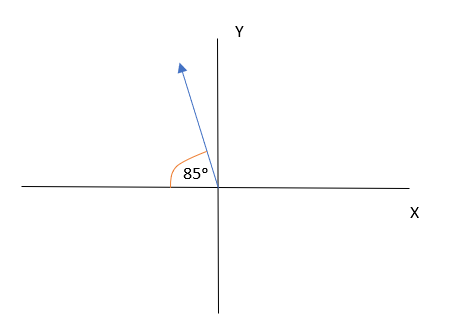Compute the vertical and horizontal components of F for the given values of magnitudeand angle. The angle is measured counter clockwise from the positive X axis to the force F. 1) 350 lb, 95 degrees 2) 250 kN, 205 degrees
Gravitational force
In nature, every object is attracted by every other object. This phenomenon is called gravity. The force associated with gravity is called gravitational force. The gravitational force is the weakest force that exists in nature. The gravitational force is always attractive.
Acceleration Due to Gravity
In fundamental physics, gravity or gravitational force is the universal attractive force acting between all the matters that exist or exhibit. It is the weakest known force. Therefore no internal changes in an object occurs due to this force. On the other hand, it has control over the trajectories of bodies in the solar system and in the universe due to its vast scope and universal action. The free fall of objects on Earth and the motions of celestial bodies, according to Newton, are both determined by the same force. It was Newton who put forward that the moon is held by a strong attractive force exerted by the Earth which makes it revolve in a straight line. He was sure that this force is similar to the downward force which Earth exerts on all the objects on it.
Compute the vertical and horizontal components of F for the given values of magnitudeand angle. The angle is measured counter clockwise from the positive X axis to the force F.
1) 350 lb, 95 degrees
2) 250 kN, 205 degrees
Assume the co-ordinate axis in such a way that the force F act in the point where the origin of the co-ordinate axis lies.
1)
In this case the angle made by 'F' with the positive x-axis is 95 degrees. This means the vector makes an angle of 85 degree with the negative x-axis. Thus the figure can be drawn as follows:

Step by step
Solved in 4 steps with 2 images









